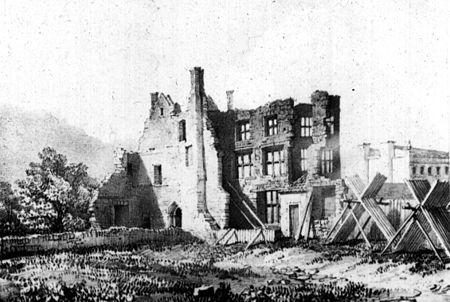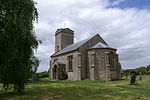Siege of Bridgwater (1645)

The Siege of Bridgwater took place in July 1645, during the First English Civil War, when a Royalist garrison surrendered to a Parliamentarian force under Sir Thomas Fairfax. After their victory at Naseby in June, Fairfax and the New Model Army moved into Somerset, where they linked up with the Western Association Army led by Edward Massey. On 10 July, their combined force destroyed the last significant Royalist field army at Langport, clearing the way for an attack on Bridgwater. Siege operations began on 13 July; on 21st, Parliamentarian forces stormed the western part of the town. Many of the buildings were set on fire, and the garrison capitulated on 23 July; over 1,600 prisoners were taken, along with large quantities of weapons and other stores. The capture of Bridgwater meant Parliamentarian forces controlled a line of forts from the Bristol to the English Channels, isolating the Royalist West Country from the rest of England. Fairfax captured Bath and Sherborne, Dorset in August, then moved against Bristol in early September, the most significant port still in Royalist hands.
Excerpt from the Wikipedia article Siege of Bridgwater (1645) (License: CC BY-SA 3.0, Authors, Images).Siege of Bridgwater (1645)
A372,
Geographical coordinates (GPS) Address Nearby Places Show on map
Geographical coordinates (GPS)
| Latitude | Longitude |
|---|---|
| N 51.1 ° | E -2.9 ° |
Address
A372
TA7 0NX , Middlezoy
England, United Kingdom
Open on Google Maps










